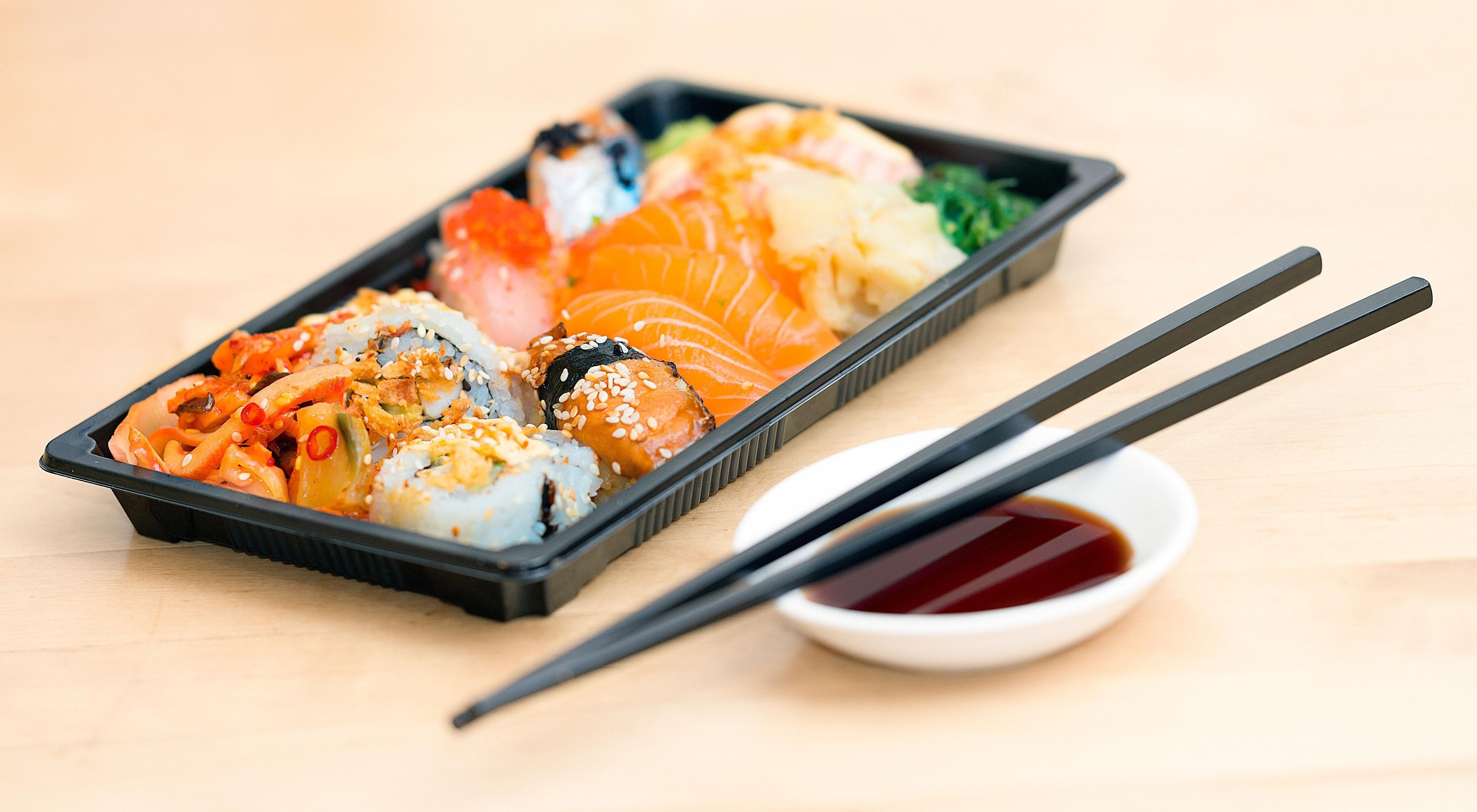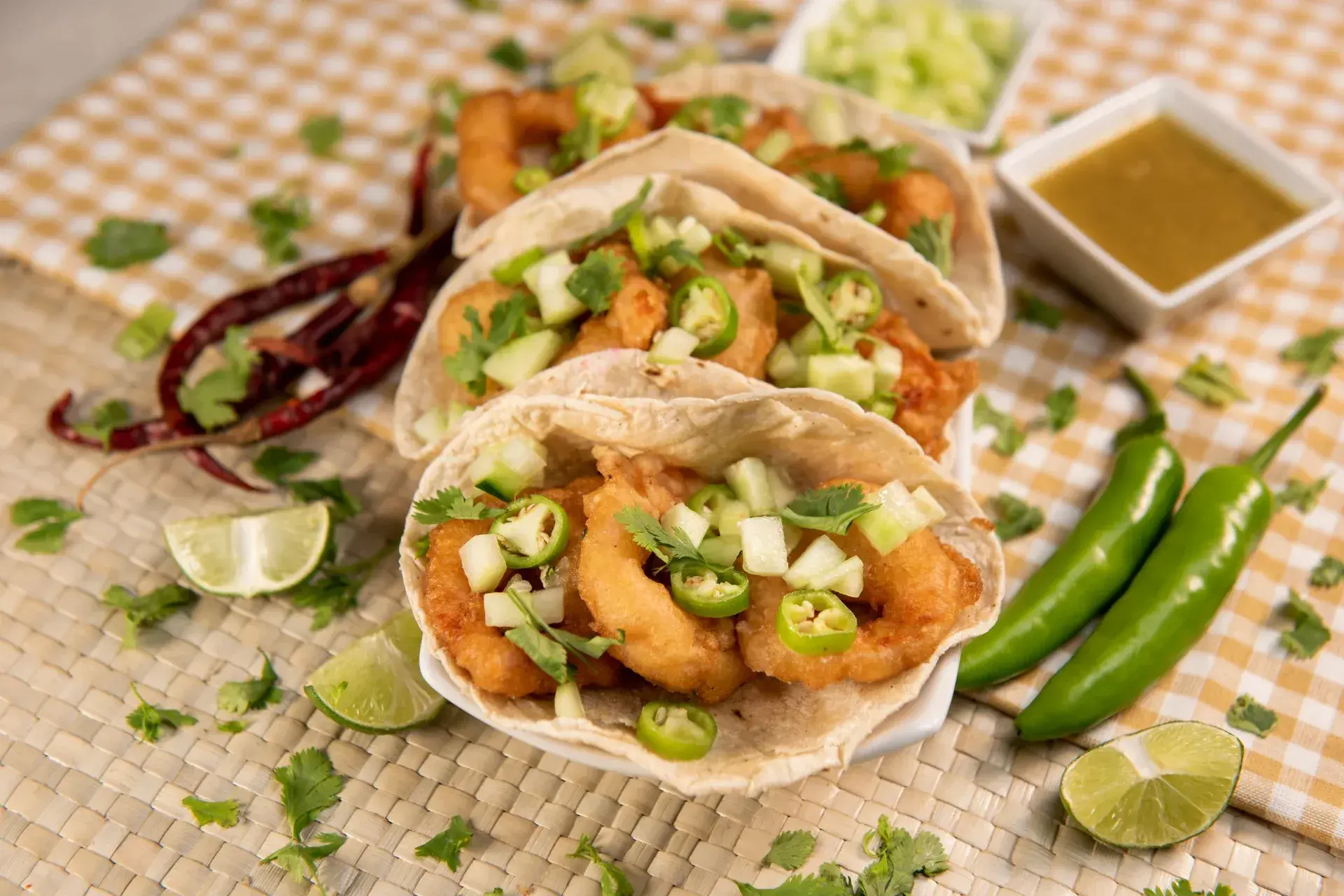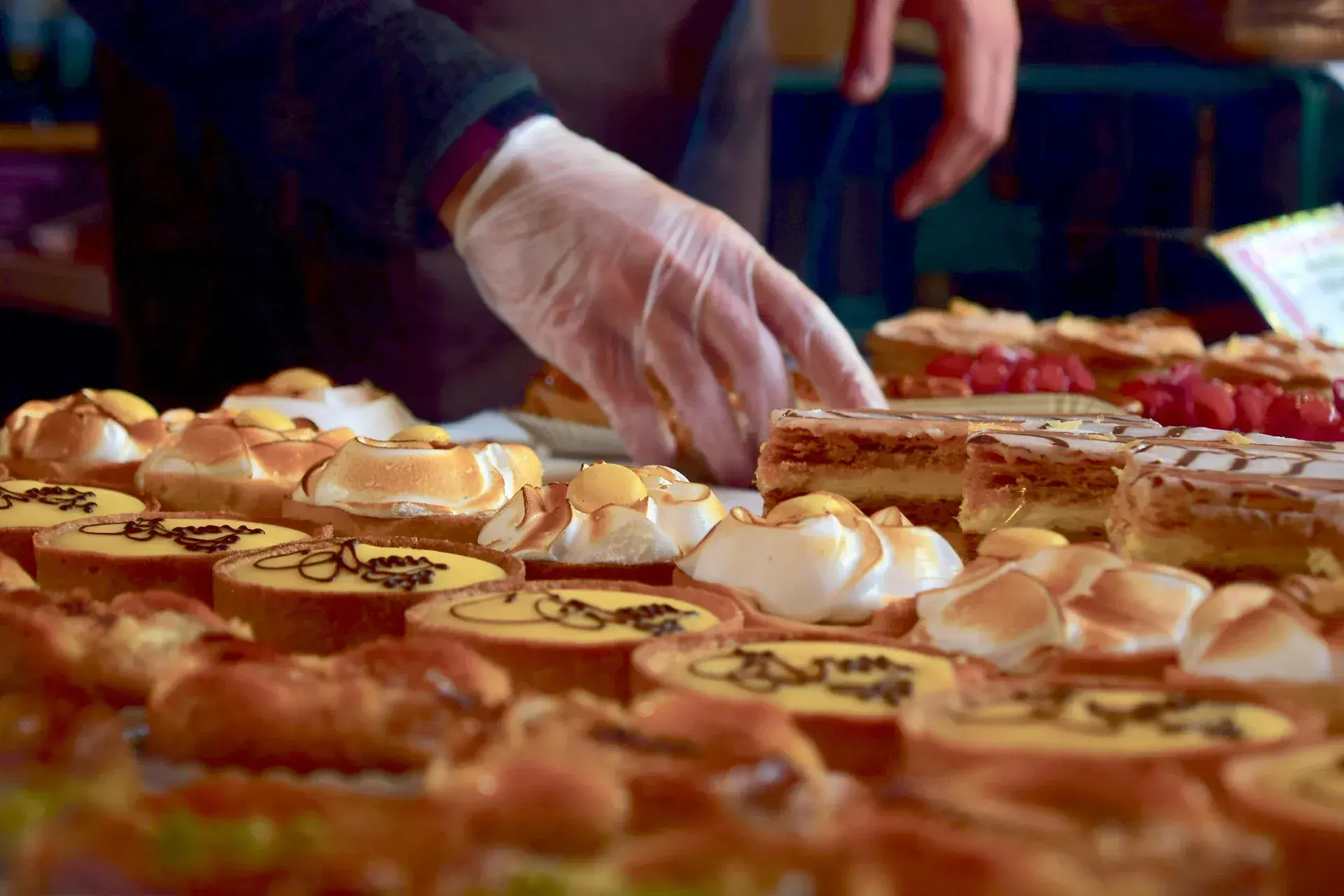A Timeless Elixir The History of Tea in China
Tea has been an integral part of Chinese culture for thousands of years, its rich history deeply intertwined with the nation's customs, art, and philosophy. As the birthplace of tea, China has not only played a crucial role in the development and spread of tea culture but has also been the driving force behind the evolution of tea production and consumption. In this article, we will journey through the captivating history of tea in China, tracing its origins, the milestones in its development, and its enduring influence on Chinese society.
The Ancient Origins of Tea
The origins of tea can be traced back to ancient China, with the earliest records dating to the Shang Dynasty (1600-1046 BCE), where it was primarily used for medicinal purposes. Legend has it that Emperor Shennong, revered as the father of Chinese agriculture and medicine, discovered the restorative properties of tea around 2737 BCE when a tea leaf accidentally fell into a pot of boiling water he was preparing.
The Growth of Tea Culture in the Tang and Song Dynasties
Tea culture truly began to flourish during the Tang Dynasty (618-907), when tea became a popular beverage among the aristocracy and the general population alike. Tea trade expanded along the Silk Road, spreading the practice of tea drinking to other regions such as Japan and Korea. It was during this period that Lu Yu, a revered tea scholar, wrote "The Classic of Tea" (Cha Jing), the first comprehensive book on tea cultivation, preparation, and appreciation.
The Song Dynasty (960-1279) saw a further refinement of tea culture, with the development of tea competitions, specialized tea shops, and the creation of the famous tea ceremony. The whisking of powdered tea (similar to Japanese matcha) became a popular method of preparation, and tea became an essential aspect of social gatherings, ceremonies, and scholarly pursuits.
The Ming and Qing Dynasties: The Rise of Loose Leaf Tea
The Ming Dynasty (1368-1644) marked a significant shift in tea culture, as the focus shifted from powdered tea to loose leaf tea. New methods of tea processing emerged, giving rise to the six main categories of Chinese tea: green, black, oolong, white, yellow, and dark (pu-erh) tea. Tea drinking became an even more widespread practice, with tea houses springing up across the country, serving as important social hubs.
During the Qing Dynasty (1644-1911), tea production and consumption continued to expand, and the tea trade became an essential part of the Chinese economy. The British East India Company's desire for Chinese tea led to the establishment of trade routes, with tea being exchanged for silver and, later, opium, ultimately culminating in the Opium Wars (1839-1860).
Tea's Enduring Influence on Chinese Society
Throughout its history, tea has remained deeply ingrained in Chinese culture, shaping the nation's customs, art, and philosophy. Tea has inspired countless works of literature, poetry, and painting, with scholars often extolling the virtues of tea and its ability to foster creativity and introspection. Tea ceremonies, which emphasize skill, artistry, and mindfulness, continue to be cherished as an integral aspect of Chinese culture.
The history of tea in China is a fascinating tale that spans thousands of years, showcasing the nation's deep connection with this revered beverage. From its ancient origins to its widespread popularity and enduring influence on Chinese society, tea has remained a symbol of Chinese culture, art, and philosophy. As interest in tea continues to grow worldwide, the appreciation for Chinese tea and its rich history will undoubtedly continue to flourish, ensuring that tea remains an essential aspect of Chinese culture for









